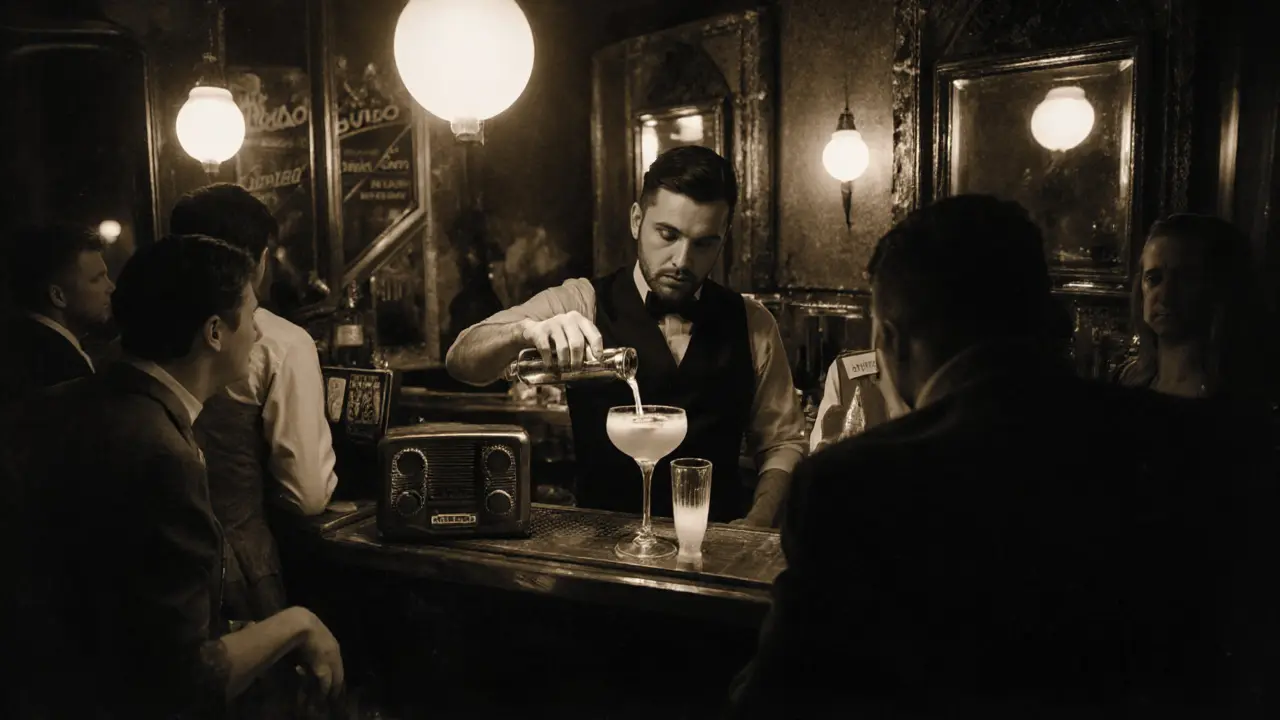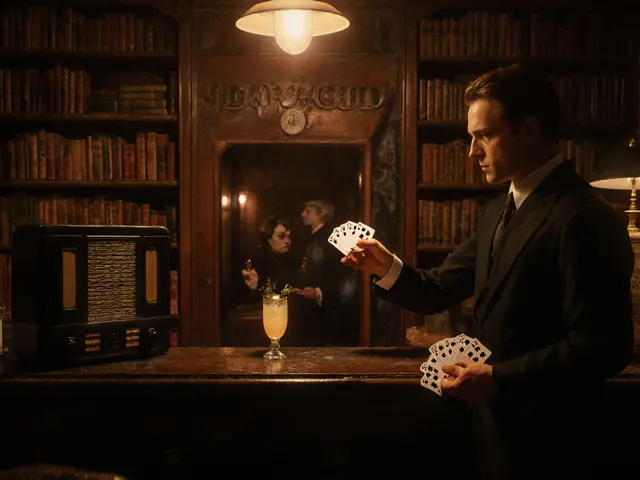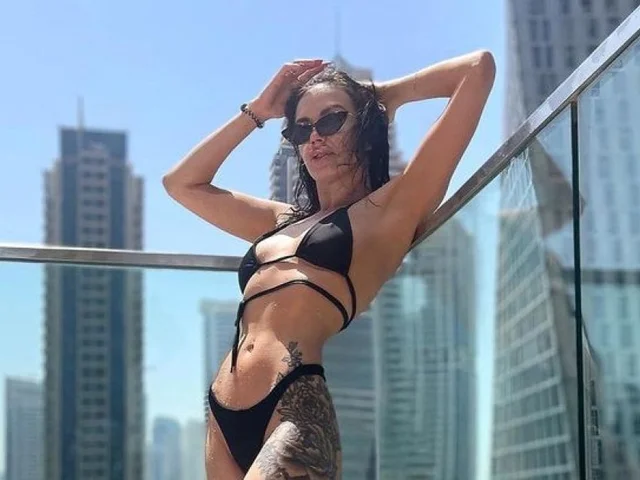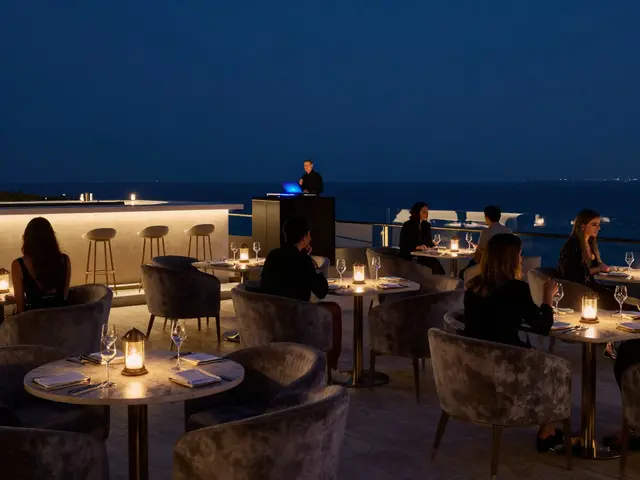
Milan doesn’t sleep when the sun goes down. While many think of it as a city of fashion and finance, its nightlife is raw, real, and surprisingly diverse. You won’t find just trendy rooftop lounges and overpriced cocktail bars here. You’ll find hidden jazz cellars, underground techno warehouses, local wine bars where the bartender knows your name, and piazzas that turn into open-air dance floors after midnight. The key to experiencing the best of it? Knowing where to go, when to show up, and how to blend in.
Start with the Navigli District
The Navigli canals are the heart of Milan’s evening energy. By day, it’s a quiet spot for brunch and art walks. By night, it becomes a living ribbon of lights, music, and laughter. Stick to the stretch between Porta Genova and Chiesa di San Vittore al Corpo. That’s where the locals go. Skip the tourist traps with English menus and plastic glasses. Instead, find a spot like Bar del Fico or La Bitta-both serve natural wines by the glass and have outdoor seating that spills right onto the water. Bring cash. Most places here don’t take cards after 10 p.m.
Walk slowly. Look for the places with no sign, just a single light on. That’s usually the good one. If you see a crowd of people in their 30s and 40s, not tourists in matching T-shirts, you’re in the right place.
Know the Club Scene: It’s Not One Size Fits All
Milan’s clubs aren’t like London or Berlin. There’s no single epic superclub. Instead, you’ve got a patchwork of intimate spaces, each with its own crowd and sound. If you’re into techno and house, head to Clube in the Lambrate neighborhood. It’s a converted factory with concrete floors and a sound system that shakes your ribs. Doors open at 1 a.m., and the crowd doesn’t hit peak energy until 3 a.m. Don’t show up early-you’ll just be waiting with the bouncers.
For something more experimental, try Officine Grandi Riparazioni (OGR). It’s not a club. It’s a cultural space that hosts live electronic sets, DJ sets from underground Italian artists, and art installations. Tickets sell out fast, so check their website the week before. If you’re into jazz or soul, Blue Note Milano is the real deal. No gimmicks. Just world-class musicians playing late into the night. Reservations are a must.
And if you’re looking for a party that feels like a secret? Bar Basso isn’t a club, but it’s where Milan’s nightlife started. The original Negroni was invented here in 1919. It’s tiny, dim, and packed with people who’ve been coming here for decades. Order the Negroni. Don’t ask for a variation. This isn’t the place to experiment.
Timing Is Everything
Italians don’t go out early. If you’re in Milan on a Friday or Saturday and you’re ready to party at 9 p.m., you’re too early. Dinner doesn’t start until 8:30 p.m. Most people don’t even think about leaving the table until 11 p.m. The real nightlife kicks off after midnight.
On weekdays, things stay quiet until 11 p.m. But on weekends, the streets around Brera and Corso Como come alive after 1 a.m. That’s when the clubs start filling up and the bars turn into standing-room-only spots. If you want to avoid lines, get there between 12:30 a.m. and 1 a.m. After that, expect to wait 20-40 minutes outside popular spots like La Scala or Bar Luce.

Where to Drink Like a Local
Forget the touristy Aperol Spritz. Yes, it’s everywhere. But if you want to taste something authentic, try an Aperitivo the Milanese way. It’s not just a drink-it’s a ritual. Between 6 p.m. and 9 p.m., most bars offer a drink (wine, beer, or cocktail) with a buffet of snacks included. The better the bar, the more food you get. At Bar Basso, you get mini sandwiches and cheese platters. At La Permanente, you get hot dishes like risotto balls and fried calamari.
Don’t just grab the first place you see. Walk a few blocks. Look for bars with a line of locals standing outside. That’s your sign. The price is usually between €10 and €15. You’ll eat more than you would at a full dinner. And you’ll save money.
How to Avoid the Tourist Traps
There are places that exist only for Instagram photos and overpriced drinks. Avoid these:
- Bars with English-only menus and neon signs that say “Happy Hour” in big letters
- Places that charge €20+ for a cocktail with ice and a lime
- Clubs that play Top 40 hits from 2015 and require €30 cover
- Any venue that offers “free entry for girls” - it’s a gimmick, not a deal
Instead, look for places that look worn-in. Wooden floors. Old mirrors. A single TV playing a football match in the corner. That’s Milan. The real one.

Transportation After Midnight
The metro shuts down around 12:30 a.m. After that, your options are limited. Taxis are expensive and hard to find. Use the Night Bus lines (N1, N2, N3, N4). They run every 20-30 minutes and cover all major nightlife zones. Download the ATM app before you go. It shows real-time bus locations and routes.
Or better yet-walk. Milan’s center is compact. If you’re in Navigli and want to get to Brera, it’s a 20-minute stroll. The streets are safe, well-lit, and full of people. Walking lets you discover little alleys with street art, open-air music, and spontaneous conversations with locals.
What to Wear
Milanese nightlife has a dress code, but it’s not about being flashy. It’s about being sharp. Men: dark jeans, clean sneakers or loafers, a fitted shirt or sweater. No hoodies. No baseball caps. Women: dresses, tailored pants, or stylish jumpsuits. Heels aren’t required, but flat shoes that look intentional are preferred. Avoid sportswear. Even if you’re going to a warehouse club, people dress like they’re going to dinner. It’s not about money. It’s about respect.
If you’re not sure, look around. If everyone else is wearing black, you should too. Milan doesn’t judge your outfit. But it notices when you don’t fit in.
Final Tip: Don’t Rush
The best nights in Milan aren’t planned. They’re stumbled into. One minute you’re sipping wine by the canal. The next, you’re dancing in a basement with strangers who become friends by 3 a.m. because someone played the perfect song at the perfect time. Don’t try to hit every club. Don’t chase the “most popular” spot. Let the city guide you. Say yes to invitations. Ask a bartender where they go after their shift. You’ll end up somewhere unforgettable.
Is Milan nightlife safe at night?
Yes, Milan’s main nightlife areas-Navigli, Brera, Corso Como, and Lambrate-are very safe after dark. The streets are well-lit, crowded, and patrolled by police. Avoid isolated alleys and don’t walk alone in areas like Porta Venezia or Greco after 3 a.m. Stick to the main routes. Pickpockets are rare, but keep your phone and wallet secure in crowded spots.
Do I need to book tickets for clubs in Milan?
For most bars and casual clubs, no. But for venues like OGR, Blue Note Milano, or special DJ events, yes. Check their websites the week before. Some places sell tickets online; others require reservations over the phone. If you show up without a reservation and it’s a popular night, you’ll be turned away.
What’s the best night to go out in Milan?
Friday and Saturday are the busiest, but Wednesday and Thursday nights are when locals let loose without the tourist crowds. You’ll find better music, shorter lines, and more authentic vibes. Many bars host themed nights on Thursdays-live jazz, vinyl-only sets, or craft beer tastings. Check local event pages like Milan Nightlife or Time Out Milan for weekly picks.
Can I use my credit card everywhere in Milan nightlife?
Most bars and clubs in tourist areas accept cards. But many of the best spots-especially in Navigli and hidden corners-only take cash. Carry at least €50 in euros. ATMs are easy to find, but they charge fees. Withdraw cash before you head out for the night.
Are there any age restrictions for nightlife in Milan?
The legal drinking age is 18. Most clubs allow entry at 18, but some upscale venues like Blue Note Milano or OGR require ID and may have a stricter door policy. If you look under 25, always carry a passport or EU ID card. Bouncers are strict about age checks, even if you’re clearly over 18.





